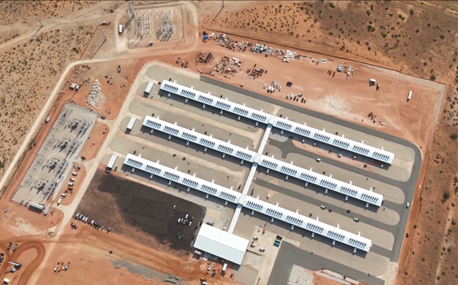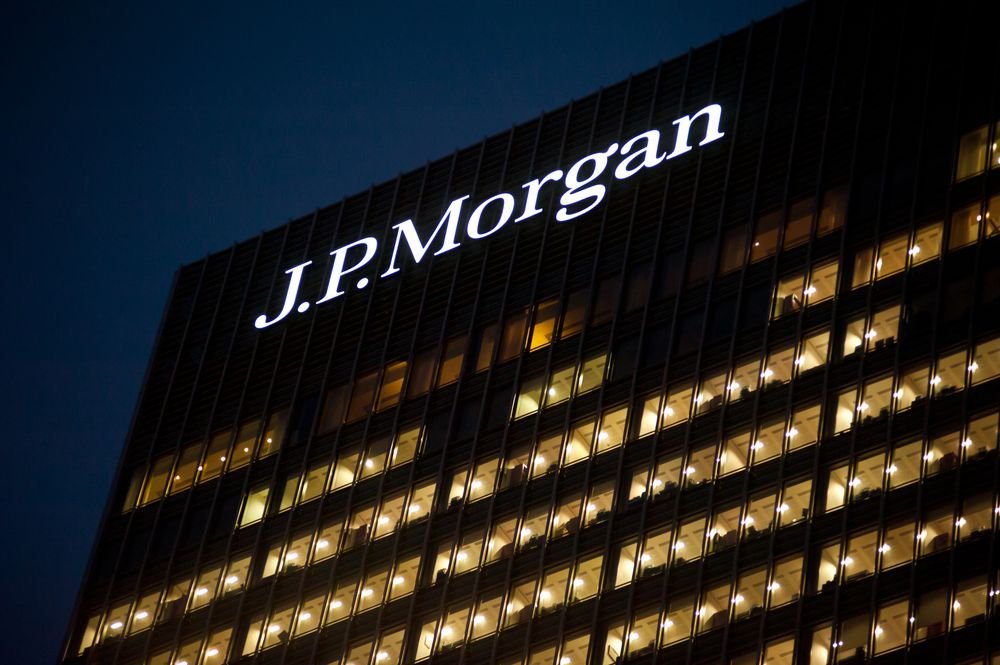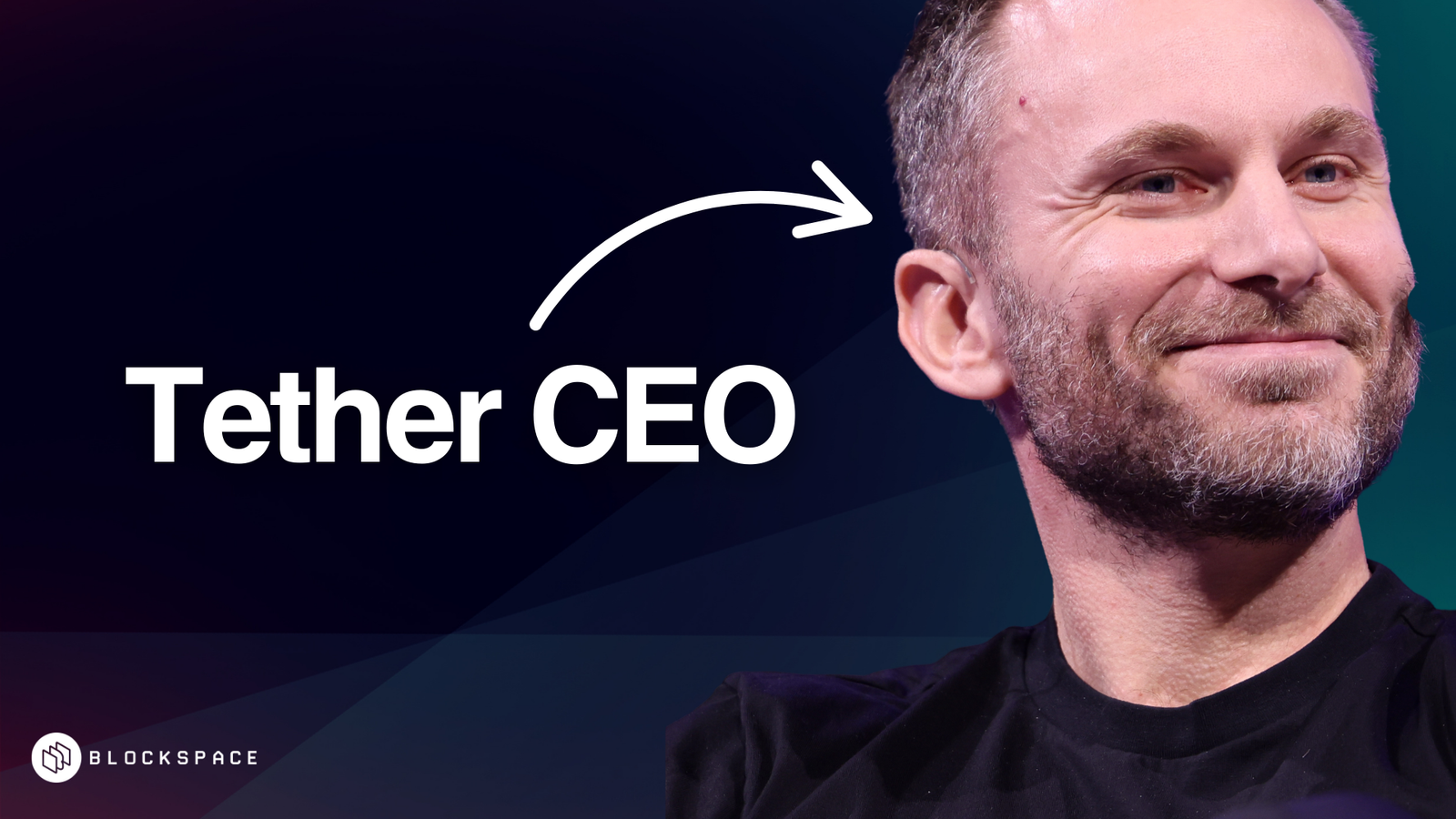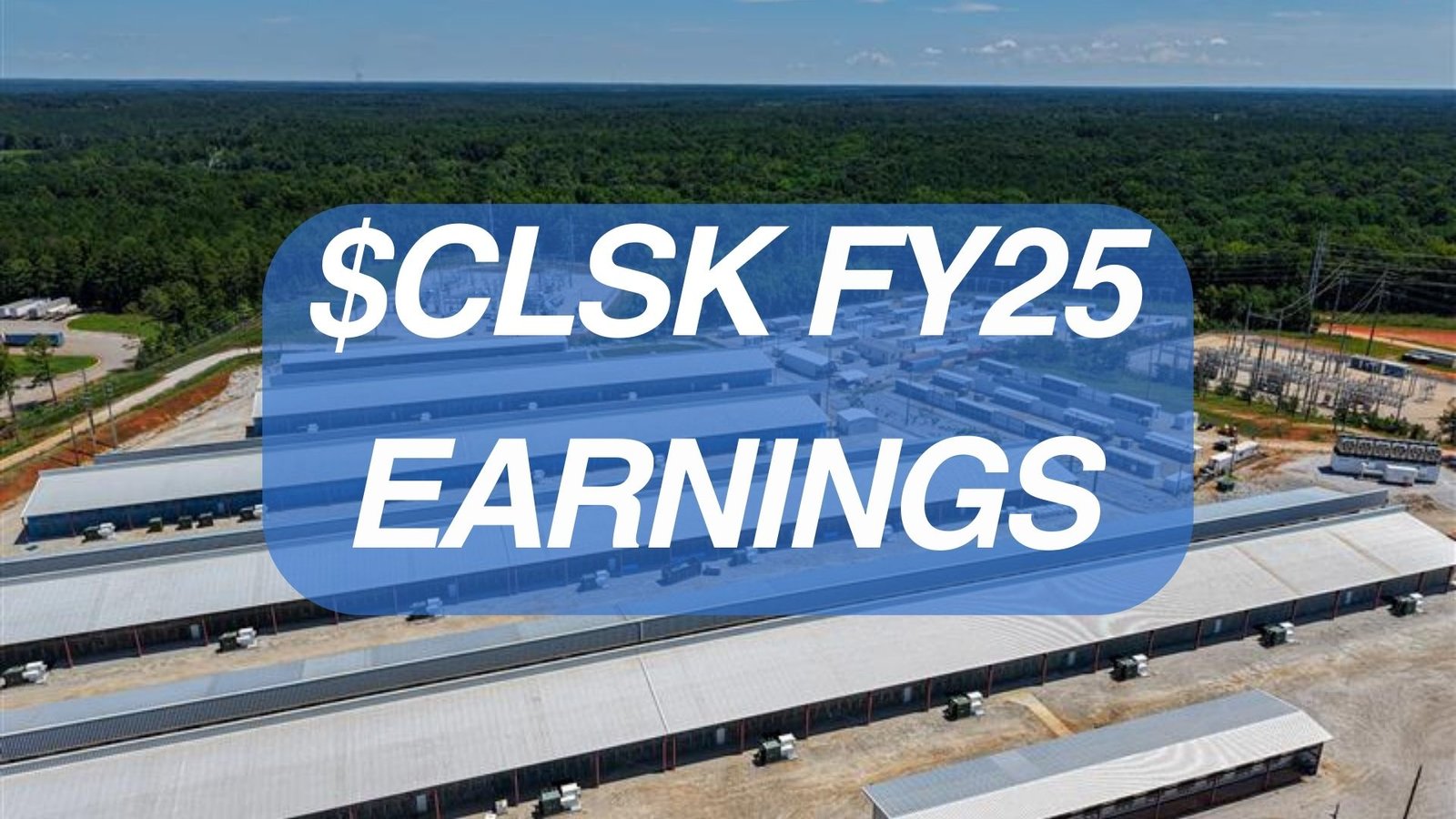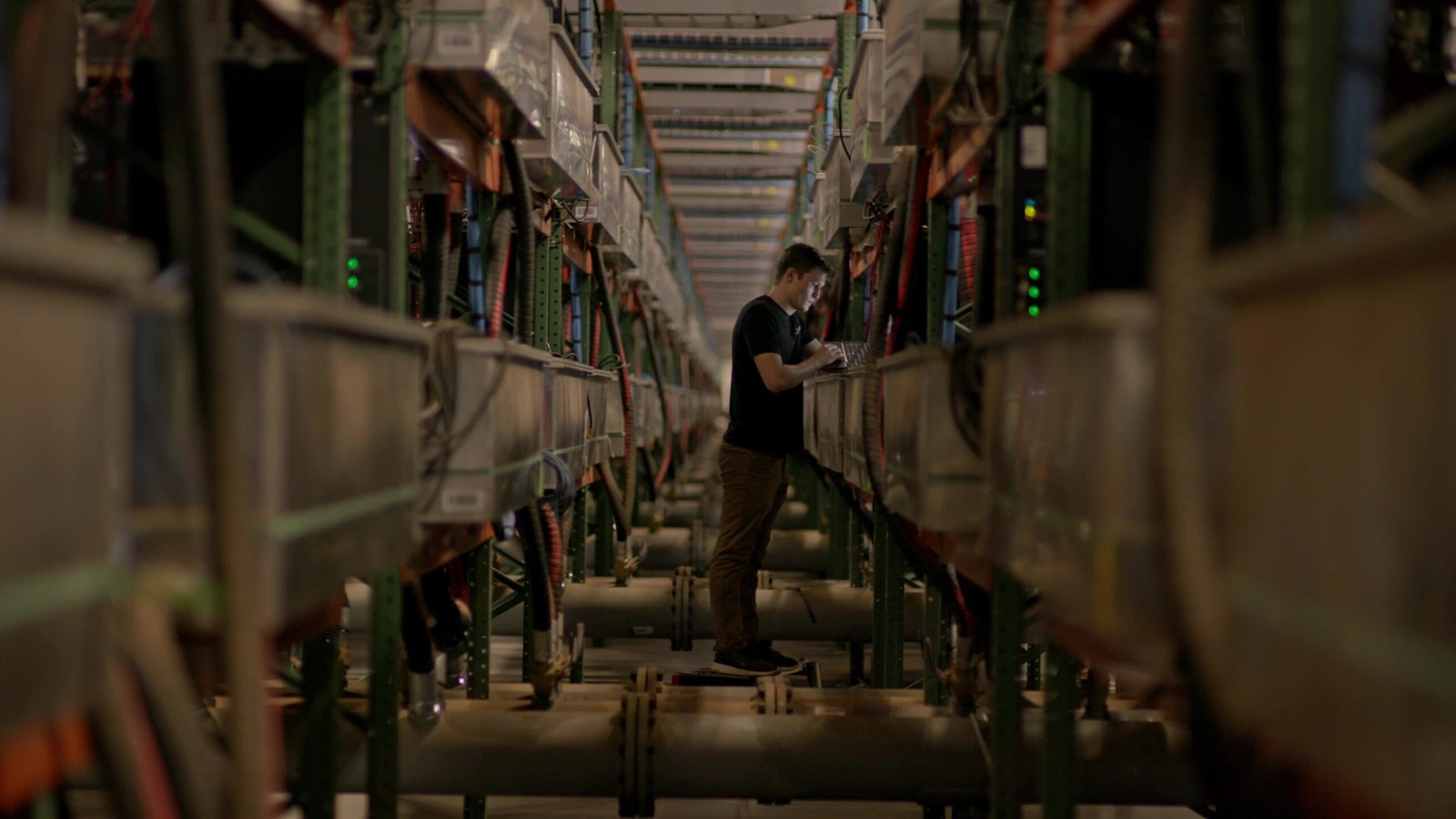What does “Ordinals coming back” look like? What do early signs of a healthy market recovery look like for our precious NFTs on Bitcoin? We’ve teamed up with the analysts at Ordinals lending market Liquidium to dive into the data behind the market activity they’re seeing. Hint: the market is showing signs of health ✨
Shoutout to Shudu at Liquidium, for helping us look through and evaluate the data. Make sure to give him a follow on X!
Ordinals prices are up, but the real metric is market health
While the overall Ordinals market has recovered over the past month, it’s important to qualify this recovery beyond the floor price of these collections. You can do the math on volume traded/market depth/liquidity, but leverage is an often overlooked mechanism of the ordinals market. Are Ordinals degens just re-levering up in order to fuel this pump or is the market actually showing signs of healthy growth? Is the market becoming more sophisticated?
Ordinals markets are showing healthier lending activity
One clear dimension of market health is declining loan defaults. While not all loan defaults are negative, they are generally undesirable. Luckily for the ordinals market, Liquidium shows declining defaults.
“The number of defaulted loans has been decreasing, while repaid loans have been
increasing, indicating robust liquidity in the market,” Shudu told Blockspace.
Default volumes now account for under 10% of loans on the platform. This is a dramatic improvement over the 20% – 30% default rate that we identified last July in our previous newsletter on ordinals leverage.
Blue chip collections drive the market
Another sign of healthy market structure is continued validation of the blue chip collection thesis.
Reflecting back to the 2021/2022 NFT cycle on Ethereum and Solana, the nonfungible market flows in and out of a handful of leading blue chips. When blue chip prices increase, that liquidity tends to flow back into the broader ecosystem of lower cap NFTs.
Currently, owners of blue chips are demonstrating more conservative behavior, Shudu said.
“Blue-chip collections, which feature longer loan terms (12 and 16 days), show significantly
lower default rates.”
Ordinals wash trading is minimal
Wash trading is notoriously difficult to measure. But Shudu said that he can identify it with relative confidence.
| Week | Wash Volume |
| Sep 2, 2024 to Sep 8, 2024 (Week 36) | 0.11 |
| Sep 9, 2024 to Sep 15, 2024 (Week 37) | 0.089 |
| Sep 16, 2024 to Sep 22, 2024 (Week 38) | 0.58 |
| Sep 23, 2024 to Sep 29, 2024 (Week 39) | 0.42 |
| Sep 30, 2024 to Oct 6, 2024 (Week 40) | 0.149 |
Overall wash trading on Liquidium for the entire past month is under 1.3 BTC, which is only 1-2% of total volume on the platform. If my memory serves correctly, in the early days of ordinals there were entire weeks where wash trading actually exceeded total legitimate marketplace volume. This is certainly a major improvement, even if it’s only localized to Liquidium.
A lending hierarchy is emerging
Another fascinating takeaway from Liquidium’s data is that there is a clear hierarchy to the lending volumes of blue chip ordinal collections. I’ve identified three tiers of ordinals collections: OMB, Tier 1, Tier 2. Basically, it’s OMB above all.
Top 10 Ordinals collections by cumulative lending volume:
OMB
1. OMB – 42.4361 BTC
Tier 1
2. Bitcoin Puppets – 18.5858 BTC
3. Node Monkes – 17.9174 BTC
4. Quantum Cats – 16.9625 BTC
Tier 2
5. Pizza Ninjas – 6.2959 BTC
6. DMT Natcats – 5.3936 BTC
7. BTC Machines – 2.9980 BTC
8. Bitcoin Frogs – 2.9552 BTC
9. Bitcoin Shrooms – 2.8246 BTC
10. OCM Genesis – 2.6704 BTC
There’s certainly some additional interesting takeaways to be made from the lending volume by collection, but that might be for another newsletter.
Again, thank you to the Liquidium team, particularly Shudu, for providing this data & commentary.


